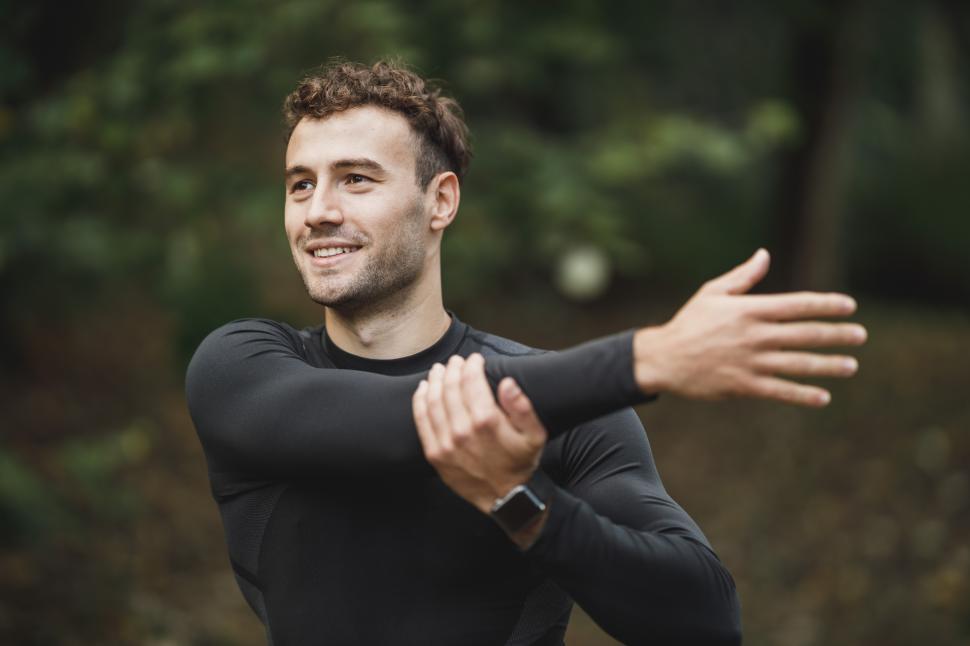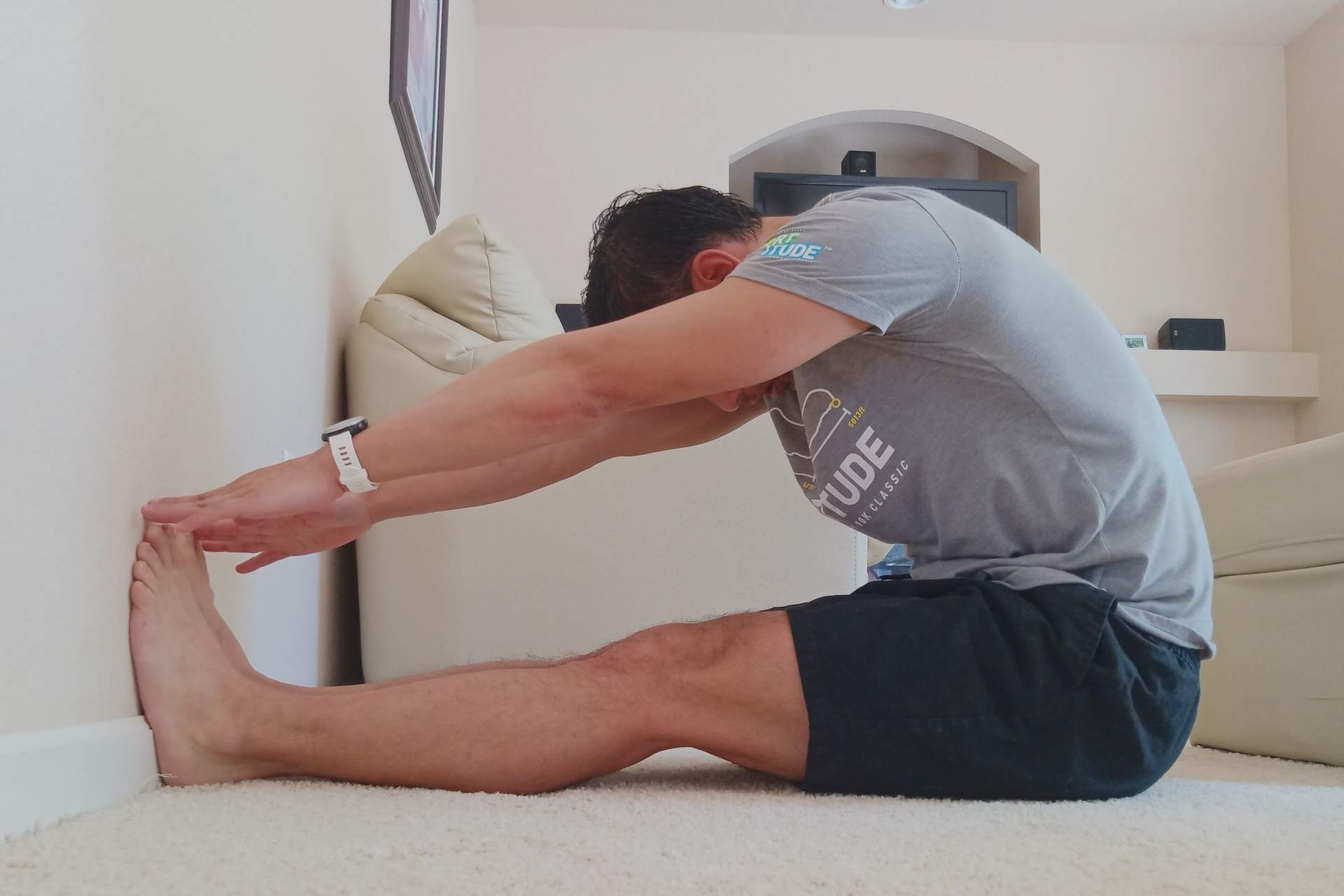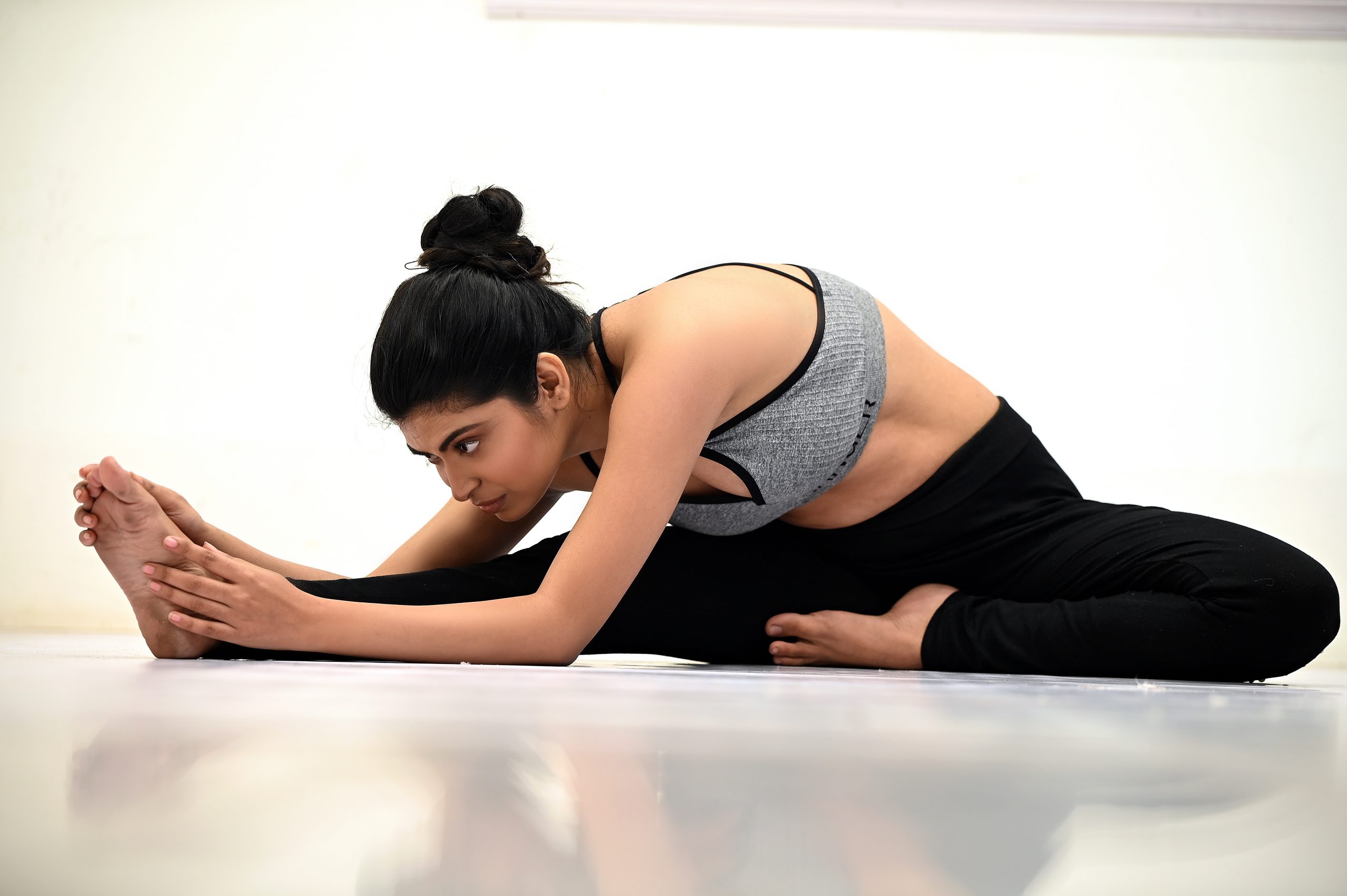A ligament injury recovery often takes weeks; warm-up and cool-down exercises play a crucial role in getting those flexible tissues back to health. For athletes and non-athletes, knowing the right ligament injury exercise significantly pacifies the recovery process.
Anyone undergoing ACL surgery or any kind of ligament injury treatment can benefit from these exercises. Warm-up and cool-down exercises are more than just routines; these therapeutic practices significantly restore the strength and flexibility of the affected joint. Sportspersons can confidently resume their activities following surgery, as the right kind of exercise prepares the body and helps the ligament to recover.
In this article, we will discuss some vital knee ligament injury treatment exercises post-surgery. Let’s understand the impact of these activities on the musculoskeletal system and check out some guidelines to minimize further injuries.
Role of Ligament Injury Exercise Recovery


With targeted ligament injury exercise, patients can complement their prescribed medication as these activities restore strength and improve joint functionality. These exercises rebuild muscle strength around the injured ligament. Physicians recommend proper ligament injury exercises to mitigate the risk of re-injury while enhancing stability.
Warm-up and cool-down exercises like heel slides, heel raises, and leg raises help improve the range of motion, mobility, and flexibility of the joint. Sportspersons and athletes can gradually return to their daily activities with consistent and guided exercises. These include straight leg, leg bent exercises, along with other activities that involve movement of the muscles around the injured ligament.
What are Warm-Up Exercises?


Warm-up exercises are gentle physical activities that prepare the system for more strenuous ones. The main purpose of such exercises is to gradually increase the heart rate to allow more blood to flow to the muscles. Thus, it raises the body temperature to heal sore muscles, reducing the chances of injury.
Generally, you complete the recommended warm-up exercises in 10-15 minutes. This significantly helps in boosting the core and muscle temperatures for better performance.
Benefits Of Warm-Up Exercise During Ligament Injury Recovery
Warm up exercises have proven results as they prepare your body for more strenuous exercises and help your body get in the right configuration to lead a better recovery.
Better blood flow
Warm-up exercises increase blood circulation to muscles. As these activities tighten the muscles, they deliver nutrients and oxygen and eliminate waste products. Thus, the muscles prepare for more intense activity and deliver better overall function.
Greater Flexibility


During warm-up sessions, stretching exercises enhance the range of motion and flexibility of joints. This protects the healing ligaments from tears during physical activity in the future.
Better muscle activation
Since warm-up exercises activate the neuromuscular pathways, the brain can communicate better with muscles. This helps muscles contract and coordinate better during sports performance.
Higher body temperature
Since warm-up activities increase the body temperature, the muscles become elastic, and metabolic reactions get a boost. With the muscles performing their best, the risk of injury is lower.
Warm-up Ligament Injury Exercise for Recovery
Knee Flexion and Extension Exercises


Athletes and sportspersons recovering from ligament injuries benefit from knee flexion and extension exercises. In these exercises, you bend and straighten your knee so that the knee joint enjoys more flow and flexibility.
In a seated knee flexion exercise, patients need to sit in a chair and bend the knee to lift the foot off the ground. This exercise targets the quadriceps and hamstrings for more strenuous activities.
Ankle Pumps and Foot Circles

Ankle pumps and foot circles are vital ligament injury exercises that enhance the strength and mobility of the ankle. Patients need to move their feet up and down so that the calf muscle gets activated and improves blood circulation.
On the other hand, foot circles involve rotating the foot in circular motions. Physicians recommend foot circles multiple times a day to reduce stiffness and loosen up the ankle joints, keeping the joint flexible and stable.
Shoulder Width Squats
Shoulder-width squats are exercises targeting the lower body, including the quadriceps, hamstrings, and glutes. While you stand with your feet about shoulder-width apart, the toes should face forward, and the core should remain engaged. While hinging the hips, drive them backward and bend the knees at the ankles.
Next, press the knees slightly open and sit down into a squat position so that the heels and toes remain on the ground while the chest remains up and the shoulders at the back.
This exercise prepares the body for sports activities, strengthening the leg muscles and keeping the ligament in good shape.
What are Cool-Down Exercises?


Cool-down exercises for ligament injury recovery gradually reduce blood pressure and heart rate. These activities take the system to the pre-exercise conditions, regulating the flow of blood to the muscles. Cool-down exercises prevent muscle stiffness and keep them relaxed, enabling the system to return to its previous state.
Benefits Of Cool-Down Exercise During Ligament Injury Recovery
Reduces Heart Rate Gradually
Cool-down exercises after anterior cruciate ligament surgery allow the cardiovascular system to adjust to lower intensity of physical activities. This keeps dizziness at bay and prevents patients from fainting with an abrupt stop to intense exercise.
Cures Sore Muscles
Light aerobic exercises for cooling down help the system remove metabolic wastes. It helps blood flow to the muscles and helps the ligament to recover by preventing soreness.
Greater Flexibility
Knee ligament injury treatment exercises for cooling down involve static stretching activities. Such exercises elongate the muscles while they remain pliable and warm, thereby enhancing flexibility and reducing the risk of muscle injury and tightness.
Cool-down Ligament Injury Exercises Effective Recovery
Check out the recommended cool-down exercises for ligament injury recovery.
Knee Straightening


Knee straightening is an effective cool-down exercise where you need to stand or sit to straighten your knee joints to reduce tension in the quadriceps and hamstrings. The recovering ligament gains flexibility while it remains relaxed. Seated or standing knee extensions help the joint gain mobility and prevent stiffness.
Hip extension
Cool-down exercises for the hips focus on hip extension movements. When stretching, the hips release tension to enhance flexibility. Leg raises, and hip thrusts target the glutes and hip extensors. These exercises keep injuries in the hip at bay.
Foam rolling
Physicians recommend performing self-myofascial release exercises using a foam roller. This helps tight muscles release tension and recover properly after a ligament injury.
Post-Surgery Exercises For Ligament Injury Recovery, Guided By Professionals
While ligament injuries are common, knowing the appropriate knee ligament injury treatment exercises significantly speeds up the recovery process. In this guide, we have comprehensively discussed effective ligament injury exercises for a fast recovery.
At Santokh Hospital, our experienced orthopaedic surgeons recommend effective warm-up and cool-down exercises to patients undergoing ligament surgeries. We have been treating ligament injury cases over the years, offering valuable post-surgery guidance and assistance to our patients. If you have torn a ligament or sustained an injury, schedule an appointment with us.

